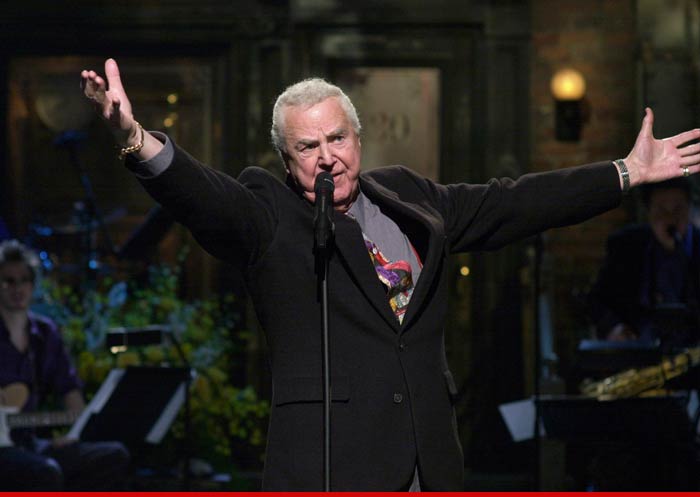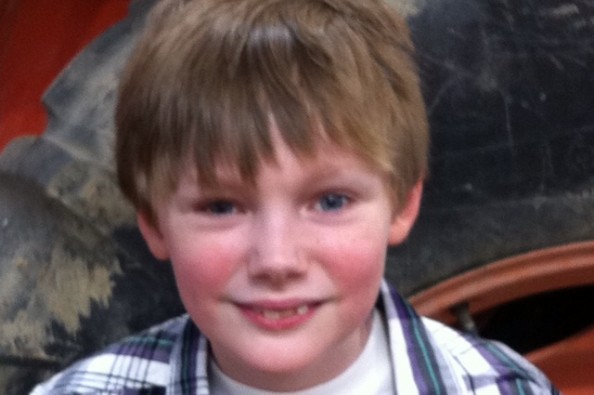Interesting that the best performing Republican presidential candidates are outsiders with no political experience.
Donald Trump could actually be the gift Democrats have been waiting for.
Or not.
Even among the Democrats, Bernie Sanders is surging while the establishment candidate Hillary Clinton is faltering – in part due to her own missteps with state department email and a phony tactic on the part of the other party to make Benghazi an issue with the sole intent to hurt her politically.
I have to laugh when Bernie Sanders is disparaged because he is a socialist.
Socialist, what a dirty word.
Unfortunately, America is a socialist capitalist democracy.
Medicare.
Medicaid.
Social Security.
The Affordable Care Act.
Unemployment insurance.
It looks like in spite of the rhetoric, the electorate wants government on their back when it comes to social programs – even conservatives take these social programs.
This brings me to Millennials basically 18-34 and disinterested in traditional media.
Washington gridlock turns them off.
They want entitlement programs – after all they are the most entitled generation we have ever seen.
But they are fiscal conservatives like their grandparents.
For those of us in the media business, go no further than the presidential election circus to see Millennials having even more impact on a changing world.
The number one thing they want is authenticity.
Bernie Sanders seems authentic enough as a political figure.
And Donald Trump is certainly not like any presidential candidate the electorate has ever seen.
Trump’s appeal is that he is the exact opposite of rehearsed politicians who say one thing and mean the other.
Trump sounds authentic whether you like the message or not.
Of course, he will never win among Millennials because they are a generation that grew up with immigrant friends, embraced sexual equality and don’t like rules.
You can see why radio is so over.
Radio is non-authentic to anyone under 65.
We brag too much.
We say things we don’t mean.
We’re tricky – like offering contest prizes that are shared by many if not all the markets their owners compete in vastly limiting the chance to win. Even Alpha, a company that fancies itself live and local, does national contests.
Radio is loaded with commercials that are unbelievable.
What radio personalities that are left are a horrible imitation of their ancestors (Cousin Brucie) and vapid voices that no one can relate to because they never say anything.
Radio used to be about relationships, but not now.
It’s voice tracking, meaningless self-serving sweepers, segued music, out of market programming and the same music you can get without 16 minutes of commercials on your mobile device.
The same thing that is disrupting politics has already fatally disrupted radio, an industry whose best days ahead are bankruptcies and more consolidation.
Those traitors at the NAB, the same people who won consolidation for the fat cats in 1996 are lobbying hard even at this moment for lifting more ownership rules.
In other words, you can own more of a dying industry that 95 million Millennials want no part of and that perhaps as many as 70 million Plurals (the generation after Millennials) don’t want either.
Trump seems like a no bullshit guy even if he is full of bullshit.
Bob Pittman, on the other hand, seems like he’s all bullshit and he is. That’s authentic in a bad way. And this is the guy who runs the largest radio group in the world.
The Dickey family was a Shakespearean tragedy for radio because John Dickey couldn’t communicate with his own employees let alone with radio audiences.
Mary Berner, Lew’s successor, could be Carly Fiorina. We’ll have to wait and see.
Fiorina is an outsider who brutally fired massive numbers of HP employees and to most business people is considered a failed CEO.
Yet, she’s not a politician and she sounds refreshing to many in spite of her well-earned reputation for tanking companies.
Mary Berner is a tough CEO and Cumulus employees will see that in short order.
What we don’t know because these guys are not authentic is whether she was hired to run the company with no radio experience or bankrupt it with the experience she learned from taking Reader’s Digest into Chapter 11.
The one thing that we seem not to learn is that Millennials – the generation that cuts the cord, wants what they want, doesn’t trust media and won’t watch or listen – want us to be authentic like Donald Trump and other non-politicians but with a heart as well as a brain.
Trump’s admitted weakness is that he doesn’t do well in likeability.
What?
A brash New Yorker not likeable?
Nah.
I invite you to observe the coming election cycle and not get too caught up in the usual gotcha issues that will be bandied about.
The real election issues for those of us in the media industry are authenticity and compassion.
The ability to communicate effectively.
Ronald Reagan did it.
Bill Clinton did it.
And last but not least – what we do has to be all about them (the audience), not us.
Radio is about us and that won’t work any longer.
The question is whether it is too late and it would seem so. While the greedy bastards who have consolidated radio by cutting and slashing their way to mediocrity may have made it permanent.
Still, if I’m running a radio station, I’m trying hard to mirror my target audience’s best traits.
Looking to be bold and different.
Develop formats for children and very young people by throwing away all the rules of radio that used to serve us well.
The most effective Millennial commercial of the future, for example, is one where the advertiser admits that we suck at this but we’re really good at something you care about.
Sucking means you’re authentic and more believable when you say what you’re good at.
Not an endless string of unlistenable commercials that shout how great advertisers are when this generation is not buying it.
No wonder advertisers don’t value radio and won’t pay the best rates for effective advertising.
Your politics are your business. As my mother, a Democratic election worker in Springfield, PA, used to say, “You can’t talk someone out of their politics”.
But your media savvy belongs to your target audience – right now that is Millennials and some older Plurals.
Do you want Donald Trump’s finger on our nuclear arsenal?
Of course not.
He’s a blowhard who just happens to blowup the bullshit of the American political system.
People just want someone to cut the crap and say what they mean even if it is outrageous.
See a complete list of my previous stories here.





